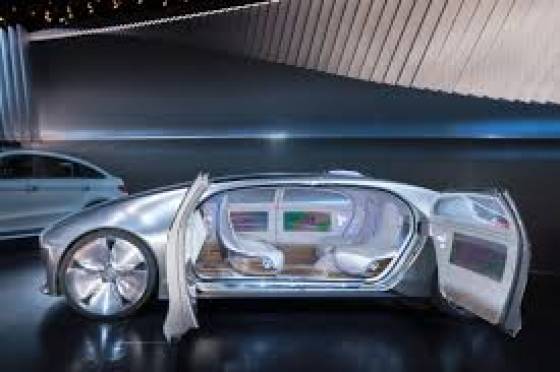Driver-less cars are coming. Maybe that is a good thing.
- August 31st, 2016but until they do, humans are still driving. If you are hit by a negligent driver and injured, call B-LUC!
In the United States, the National Highway Traffic Safety Administration (NHTSA) released in 2013 a formal classification system. NHTSA automated vehicle classifications:
Level 0: The driver completely controls the vehicle at all times.
Level 1: Individual vehicle controls are automated, such as electronic stability control or automatic braking.
Level 2: At least two controls can be automated in unison, such as adaptive cruise control in combination with lane keeping.
Level 3: The driver can fully cede control of all safety-critical functions in certain conditions. The car senses when conditions require the driver to retake control and provides a "sufficiently comfortable transition time" for the driver to do so.
Level 4: The vehicle performs all safety-critical functions for the entire trip, with the driver not expected to control the vehicle at any time. As this vehicle would control all functions from start to stop, including all parking functions, it could include unoccupied cars.
An alternative classification system based on six different levels (ranging from driver assistance to fully automated systems) has been published in 2014 by Society of Automotive Engineers (SAE), an automotive standardisation body. This classification system is based on the amount of driver intervention and attentiveness required, rather than the vehicle capabilities, although these are very closely related.
SAE automated vehicle classifications:
Level 0: Automated system has no vehicle control, but may issue warnings.
Level 1: Driver must be ready to take control at any time. Automated system may include features such as Adaptive Cruise Control (ACC), Parking Assistance with automated steering, and Lane Keeping Assistance (LKA) Type II in any combination.
Level 2: The driver is obliged to detect objects and events and respond if the automated system fails to respond properly. The automated system executes accelerating, braking, and steering. The automated system can deactivate immediately upon takeover by the driver.
Level 3: Within known, limited environments (such as freeways), the driver can safely turn their attention away from driving tasks.
Level 4: The automated system can control the vehicle in all but a few environments such as severe weather. The driver must enable the automated system only when it is safe to do so. When enabled, driver attention is not required.
Level 5: Other than setting the destination and starting the system, no human intervention is required. The automatic system can drive to any location where it is legal to drive.
